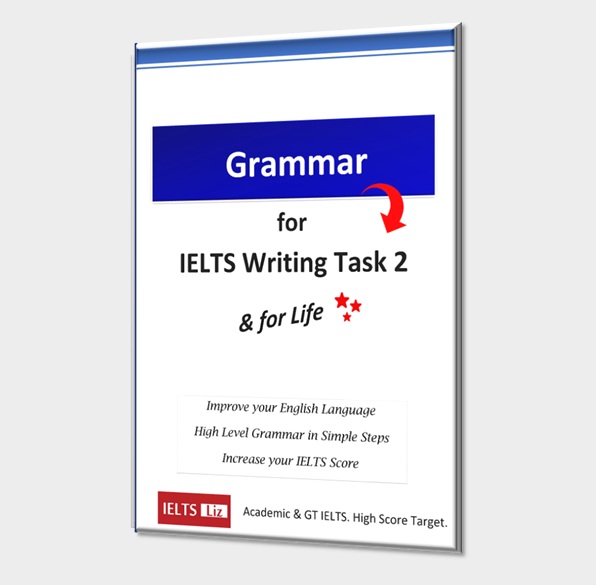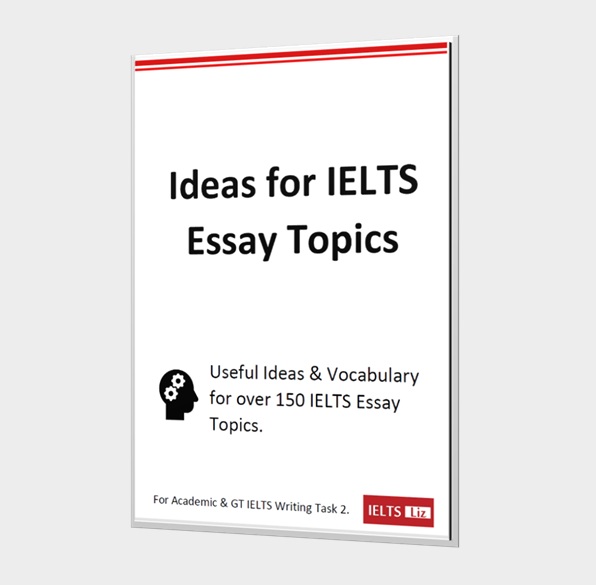IELTS True False Not Given Tips for Reading. These are the most challenging types of questions that appear in IELTS reading. You can find them in both the Academic and GT IELTS Reading tests. The more you understand about these questions, the easier they will be. Use the strategies and techniques below to help you boost your score for reading.
Understanding IELTS Reading True False Not Given Questions
You will be given statements containing information. You must decide if the information in the statement is True, False or Not Given according to the information in the reading passage.
- True: You can find this information in the passage and it agrees with the statement.
- False: The passage and statement have different information. The passage shows that the statement is wrong – it contains a mistake which you know because the passage shows us what it should be.
- Not Given: This means you can’t find all the information in the passage or that the passage does not contain enough information to know if it is true or false.
Are these types of questions the same as Yes, No, Not Given Questions? They are essentially the same, but IELTS have created the two kinds of questions because of the different content of the reading passage. To learn more, click here: IELTS Yes No Not Given Reading
Difficulties with True False & Not Given
- Paraphrasing. You must be prepared for the words in the statement to be paraphrased in the passage. This means you really need to know your vocabulary.
- You are looking for meaning. Many students just try to match words but you actually need to match meaning and check the content of the information given. Some times the same words are used but the meaning is not the same – this is one common difficulty with choosing the right answer.
- Not Given OR False
- Not Given means the entire statement is not given in the passage. Maybe part of the statement is given but not the whole statement. Watch out for that!! Try to find the whole meaning in the passage.
- False means the passage contradicts the statement. This means the passages shows the statement is wrong. Don’t forget you are not just looking for an opposite meaning, you are also looking for contradicting information.
Summary of IELTS Reading True False Not Given Tips
Below is a list of the main Tips for IELTS True False Not Given Reading Questions. However, you should watch the video to understand them clearly for maximum benefit.
- Spend time analysing the statement in the question before you try to find the answer
- Many words will be paraphrased so watch out for that (for example, work = employment / changing = altering)
- Don’t match just key words, you are aiming to match meaning. Some of the key words might be the same in the passage but it doesn’t mean the answer is true or yes.
- The meaning of false or no is that the statement contradicts the claims or information in the passage. This means the statement gives one meaning but the passage gives another meaning – therefore the statement is FALSE.
- Not Given means that the whole meaning of the statement is not in the passage. Some key words might be found but not the full meaning of the statement.
- You can write T instead of True on your answer sheet but make sure your handwriting is clear.
- The answers follow the order of information in the passage for these questions. Other types of reading questions might not have answers that come in order.
- Learn common challenges or problems that you have in reading. Make a list of paraphrases you have struggled with.
- You can write T instead of True, but you can’t write T instead of Yes. You also can’t write True instead of Yes. So, don’t mix up TFNG answers and YNNG answer.
True False Not Given Reading Video
See below video for homework answer.
Homework Answer from TFNG Video Lesson
Is the following question statement True, False or Not Given according to the information in the passage?
- Passage: By the second half of the 17th century coffee had found its way to Europe.
- Question: Coffee arrived in Europe after the 17th century.
Answer
Click below:
ANSWERThe answer is FALSE.
The passage states by the second half of the 17th century. What does this mean? Well, the first half is at the beginning of the 17th century to the middle of the 17th century. The second half is from the middle of the 17th century to the end of the 17th century. So, the second half of the 17th century is still inside the 17th century.
However, the question statement says after the 17th century which means the 18th century. So, this is wrong. If we know the statement is incorrect / opposite / contradicting, the answer is FALSE.
.
RECOMMENDED FOR YOU
.







